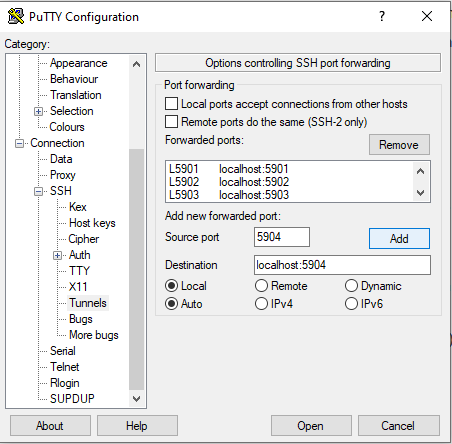If you are on openwrt and want to revert back to factory firmware, you need to do the following easy steps
Download the file from the tp-link website, this should be straight forward, you go to the website, search for your router by model, on the firmware download page, select the version of your router and download the file
If it is a zip file, extract it, we are looking for a bin file that should be inside the zip file (Make sure it has up_boot in the file name)
Use an application such as putty to connect to the router as root, and an application such as winSCP to connect to the router (Also as root) to upload the file
upload the file to the /tmp folder, this folder is in RAM not on the flash of the router, so it has more space that can accommodate the procedure
Using Putty, execute the following commands
cd /tmp
On this command here, you will need to replace the name of the file with the name of the file you have uploaded to the router
This command (That starts with DD), trims the first 257*512 = 131,584 bytes from the file which are the boot loader
dd if=yourfilename.bin of=flash.bin skip=257 bs=512
Now you would want to remove the old file after we have trimmed it with DD
rm yourfilename.bin
Now, to the final step, which is actually writing the trimmed firmware to the router
mtd -r write /tmp/flash.bin firmware
Now all you need to do is wait for the router to write the firmware, right after it will reboot and you are done







